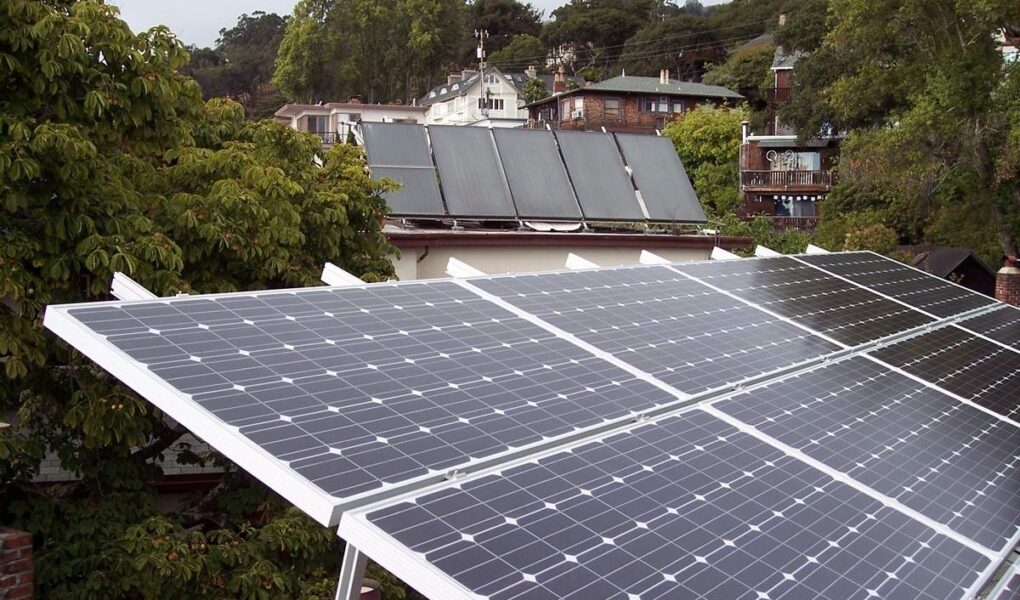All solar panels mandurah consist of solar cells of semiconductive material. The solar cell usually is silicon, in a metallic frame with tempered glass.
Let us discuss here briefly how do solar panels work? When sunlight falls on photovoltaic cells then it will create a flow of electric charges inside the solar panel because of the photoelectric effect.
This kind of flow will travel in a circuit that is connecting groups of solar panels. The solar panels will then feed into the inverter system, which is meant for converting direct current (DC) current to alternating current (AC) for matching the frequency of the utility supply so that you can use it for powering your home.
In a grid-tied system, your inverter will be “tied in” or interconnected with the electrical system of your house, although few systems are tied with distribution panels, pending a few criteria are met.
During the day, the AC electricity output obtained from the solar inverter(s) will be fed back to the main panel, and the electricity so obtained will be used up by any other loads or demand.
What is in your solar panel?
Basically, solar panels are made by using silicon crystals. Silicon as you know is a semiconductor material that creates an electrical current when exposed to sunlight. This is due to the formation of electrons from silicon atoms.
When sunlight will hit our skin, then the electrons in the atoms of our body will vibrate quickly and generate heat. But in silicon, electrons will do something different and will start moving around. This will mean that the energy obtained from the sun will be conducted into an electrical current, instead of generating static heat.
The present day’s new thin-film solar panels also function in almost a similar way. Instead of silicon, they are usually made with
- Amorphous Silicon
- Cadmium Telluride
- Copper Indium Gallium Selenide
- Gallium Arsenide
Crystals that are made from all these are much smaller and also less expensive to produce. Although, they may not be quite as good at producing electricity same like silicon. For commercial projects, thin-film solar panels are mostly used more particularly on satellites and spacecraft.
The light from the sun is absorbed either by the silicon or the thin-film solar cells and the electrons will do their work. They will be bumped up to a much higher level of energy and will get activated. Once that much level of higher energy is reached, then it is totally up to us to capture them and direct the entire electricity where we may like to use it.
There are a series of many tiny wires that will create a network of electrical currents that will be conducting “mini highways” well within a solar panel. All these will be tied back to a power inverter. Finally, the inverters will change the raw electric current obtained in the form of DC power into AC power.
Since most of our homes are wired to work with AC supply power, the inverters will essentially make the electricity obtained from solar panels usable.



